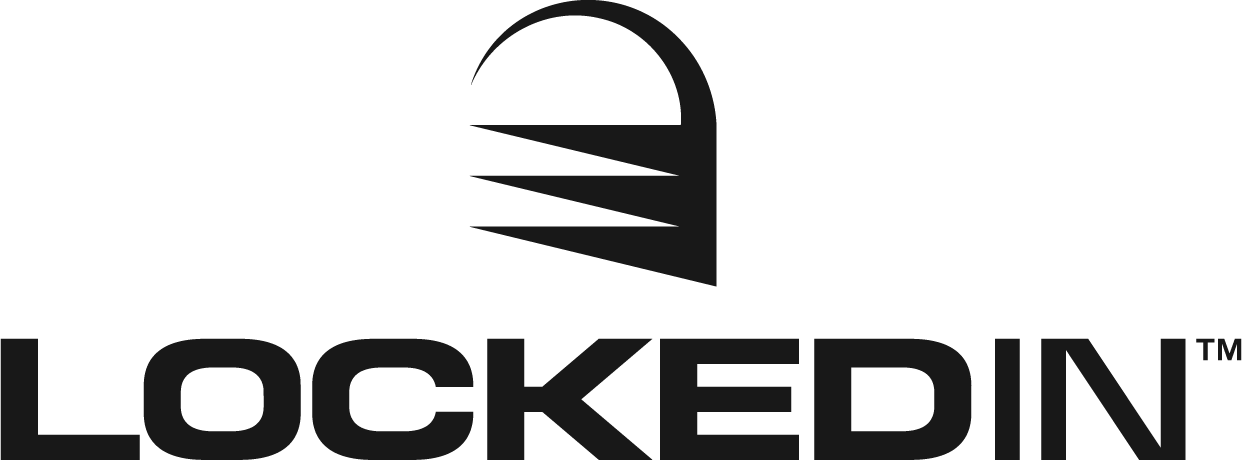Every lifter encounters it at some point—a muscle group that refuses to grow no matter how hard you train it. Whether it’s lagging arms, a flat chest, or underdeveloped legs, bringing up weak points requires strategic adjustments in training, nutrition, and recovery. Here’s how to turn your weaknesses into strengths and build a balanced, powerful physique.
WHY DO CERTAIN MUSCLES LAG BEHIND?
Lagging muscle groups can result from multiple factors, including:
-
Imbalanced Training – Favoring strong muscle groups over weaker ones.
-
Poor Mind-Muscle Connection – Inability to properly activate and engage the muscle.
-
Suboptimal Exercise Selection – Not choosing the most effective movements.
-
Insufficient Training Volume – Not providing enough stimulus for growth.
-
Genetic Limitations – Natural muscle insertions and fiber composition.
-
Inadequate Recovery & Nutrition – Poor sleep, overtraining, and lack of key nutrients.
Fortunately, with the right programming and execution, you can overcome these limitations and develop proportional muscle growth.
9 PROVEN STRATEGIES TO FIX LAGGING MUSCLES
1. INCREASE TRAINING FREQUENCY
If a muscle isn’t growing, train it more often. Instead of just hitting it once per week, add a second or even third session dedicated to that specific muscle group.
Example: If your biceps are lagging, add an extra arm day or include bicep work after back training.
2. PRIORITIZE THE MUSCLE EARLY IN YOUR WORKOUT
Start your session with your weakest muscle group when you have the most energy and focus. This ensures it gets the greatest intensity and effort.
Example: If your chest is lagging, begin push day with incline presses before moving to other lifts.
3. FOCUS ON MIND-MUSCLE CONNECTION
Your ability to feel a muscle working is critical for growth. Instead of just moving the weight, slow down, control the eccentric (lowering) phase, and squeeze at peak contraction.
Tip: Use lighter weights initially to perfect activation before progressing.
4. INCORPORATE ISOLATION EXERCISES
Compound movements build overall strength, but isolation exercises allow you to directly target weak muscles.
Example Exercises:
-
Lagging chest? Add cable flyes & pec deck machine.
-
Weak biceps? Include concentration curls.
-
Lacking shoulder width? Prioritize lateral raises.
5. UTILIZE DROP SETS & SUPERSETS
Advanced techniques like drop sets, supersets, and rest-pause training help push muscles beyond failure, maximizing hypertrophy.
Example: If your triceps are lagging, do close-grip bench press → immediately follow with skull crushers.
6. ADJUST YOUR REPS & SETS
Shocking the muscle with different rep ranges and intensities can break plateaus.
Try:
-
Higher reps (12-20) with lighter weights for endurance & time under tension.
-
Lower reps (4-6) with heavy weights for strength & fiber recruitment.
-
Moderate reps (8-12) for hypertrophy.
7. PRIORITIZE RECOVERY & NUTRITION
Overtraining can be just as detrimental as undertraining. Ensure proper recovery with nutrition, hydration, sleep, and supplementation.
Support muscle repair & recovery with Locked In Recovery – packed with BCAAs and key nutrients to fuel growth and eliminate muscle fatigue.
8. TRAIN WITH A PARTNER OR COACH
A training partner pushes you past your limits, while a coach fine-tunes your routine based on individual weaknesses.
Tip: Use forced reps (assistance on final reps) to extend sets beyond failure.
9. ENHANCE MENTAL FOCUS WITH NOOTROPICS
Training intensity is key. Without focus and drive, you’ll struggle to push lagging muscles to their max.
Stay locked in with Locked In Limitless – the ultimate nootropic for laser focus, mental clarity, and gym domination.
THE BOTTOM LINE...
Bringing up lagging muscles takes dedication, intelligent programming, and consistency. By following these proven strategies, you can transform your weak points into strengths, creating a balanced, proportionate physique.
Stay consistent. Track progress. Adjust as needed. And always stay Locked In.

